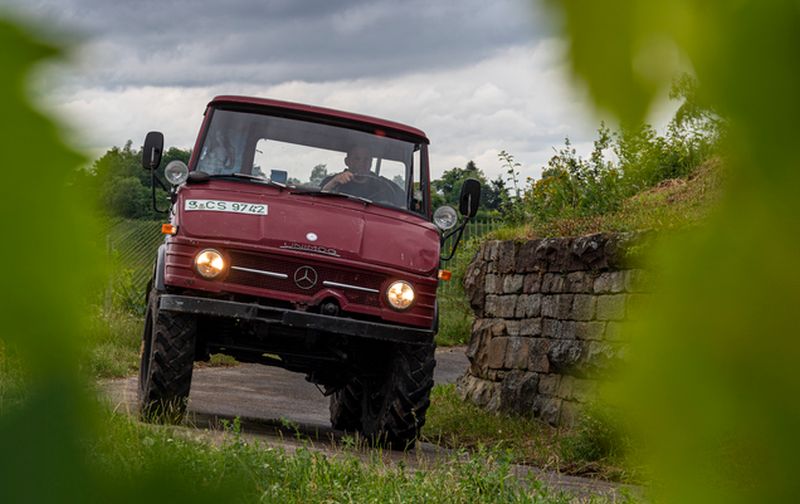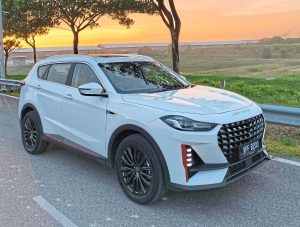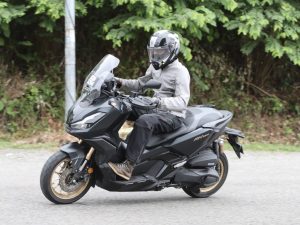FRANKFURT: The cabin is dirty, the seat coverings have long since burst open, the speedometer is almost impossible to read behind the faded glass.
The Mercedes star on the faded bonnet is held on only by cable ties. Yet Andreas Rauscher wouldn't part with his old Unimog truck.
Winemaker Rauscher uses the 45-year-old, wine-red U421 to travel around his vineyard in the Neckar Valley in south-western Germany almost every day. He wouldn't dream of exchanging it for a modern vehicle despite its limitations.
The 2.4-litre diesel with its 52hp is not the most powerful and it takes a lot of gas and patience to reach even 67kph.
And anyone who has driven the tight bends up to Rauscher's vineyard three or four times without power steering won't need to go to the gym.
The vineyard owner's powerful upper arms are testament to the hard work involved in steering the truck he inherited from his father.

Gear shifting with the unsynchronised transmission requires a lot of skill with the clutch and accelerator.
On top of all that, the cabin is cramped, the doors are narrow, and the seats would be uncomfortable even if the upholstery hadn't worn out over the past few decades.
"But in the sum of its properties, the Unimog is still superior to any other vehicle to this day," Rauscher says as he crawls up the steep slopes between his vines and laughs at his colleagues' modern tractors.
The sum of its properties — that is exactly what Albert Friedrich, former head of aircraft engine design at Daimler-Benz, and his partner Heinrich Roessler had in mind when they sketched the specifications for the first Unimog in late summer 1945, says Mercedes spokesman Ralph Wagenknecht.
The medium-sized, all-wheel-drive truck was planned as a "universal motor device" — hence the acronym Unimog — that could play a variety of roles in the most demanding environments.
The essential requirements were high ground clearance, great traction, excellent slope-climbing ability, the capacity to take a one tonne load, and a power take-off shaft for running other equipment off.
In addition the truck needed to have good brakes, a speed range of 3 to 50kph, and a reasonably comfortable driver's cab with at least two seats.

"In an emergency, the makers wanted it to be able to replace not only the tractor, but also the flatbed truck and the passenger car," says Wagenknecht.
The first prototypes appeared 75 years ago in autumn 1946 and the Unimog made its debut to acclaim at an agricultural exhibition in Frankfurt in 1948. The rugged vehicle quickly became a worldwide success and is still in production today.
Unimog fan Rainer Hildebrandt reckons that more than 400,000 vehicles have been built and he believes that many are still on the road today "because the Unimog is not only versatile, it is also incredibly robust."
If you wanted to buy a secondhand one today you could get a well-used but fully drivable model for around US$6,000, Hildebrandt estimates. Particularly well restored and polished specimens can change hands for as much as US$95,000.
Rauscher laughs to hear that Unimogs are now appearing at classic car meetings and are kept polished and shining. For him U421, which like its owner was born in 1976, is a working vehicle in everyday use.

True to the specifications of its inventors, he uses the Unimog universally. Sometimes he uses it to haul rubble to the landfill, other times the truck pulls two trailers to the cooperative.
And every now and then, on special occasions, the winemaker polishes the veteran vehicle to a high gloss and even decorates it with flowers, for example when the harvest is brought in in the autumn or one of his friends ties the knot.
He has even heaved an old sofa onto the flatbed and used the Unimog to chauffeur the bride and groom to the church — a role which, 75 years ago, even its designers would probably not have foreseen for their universal motor device.













